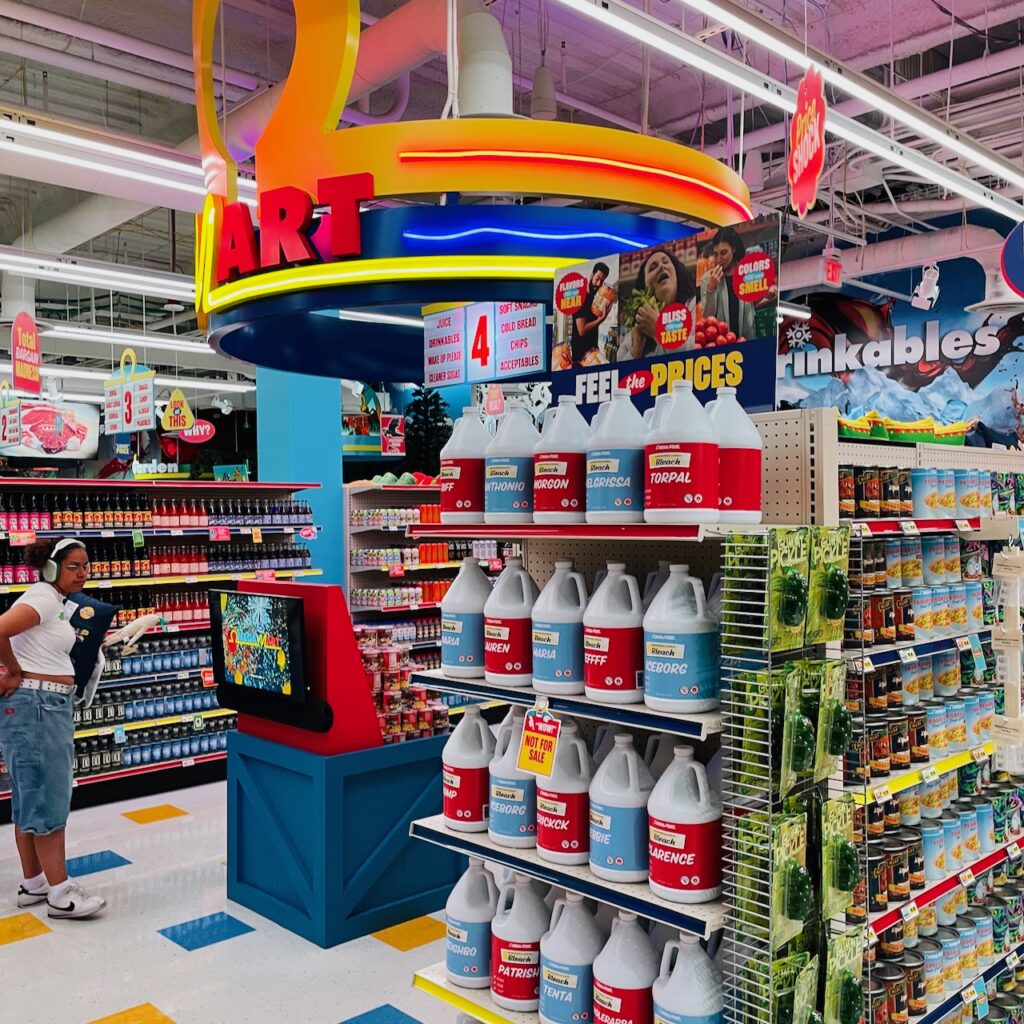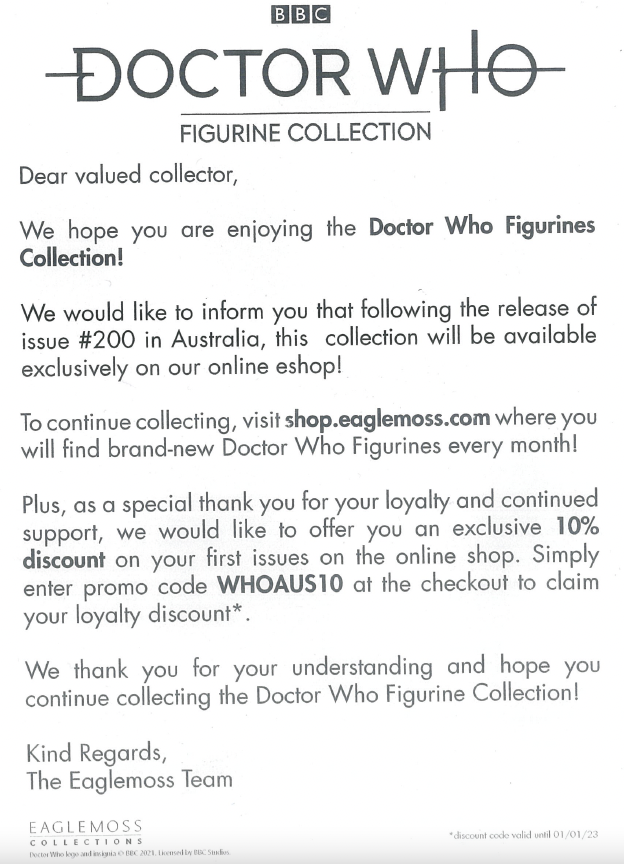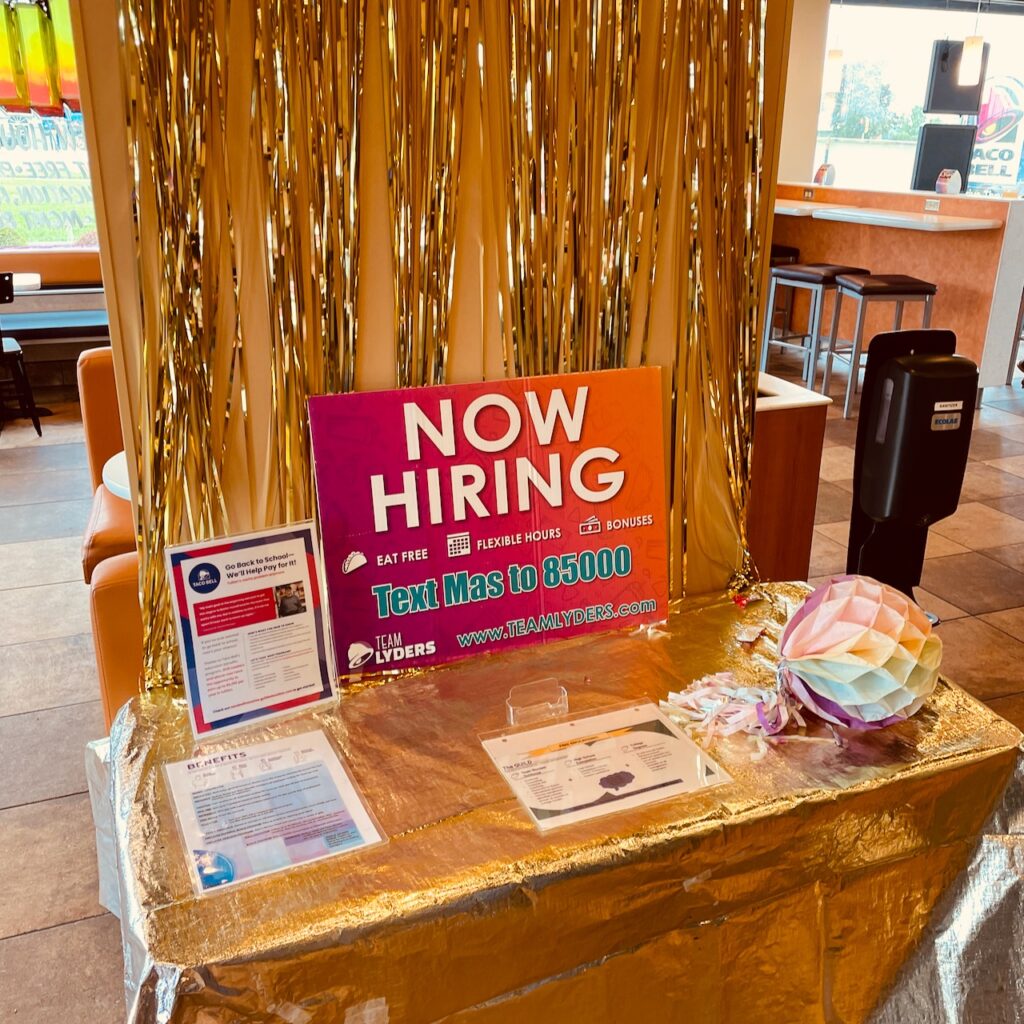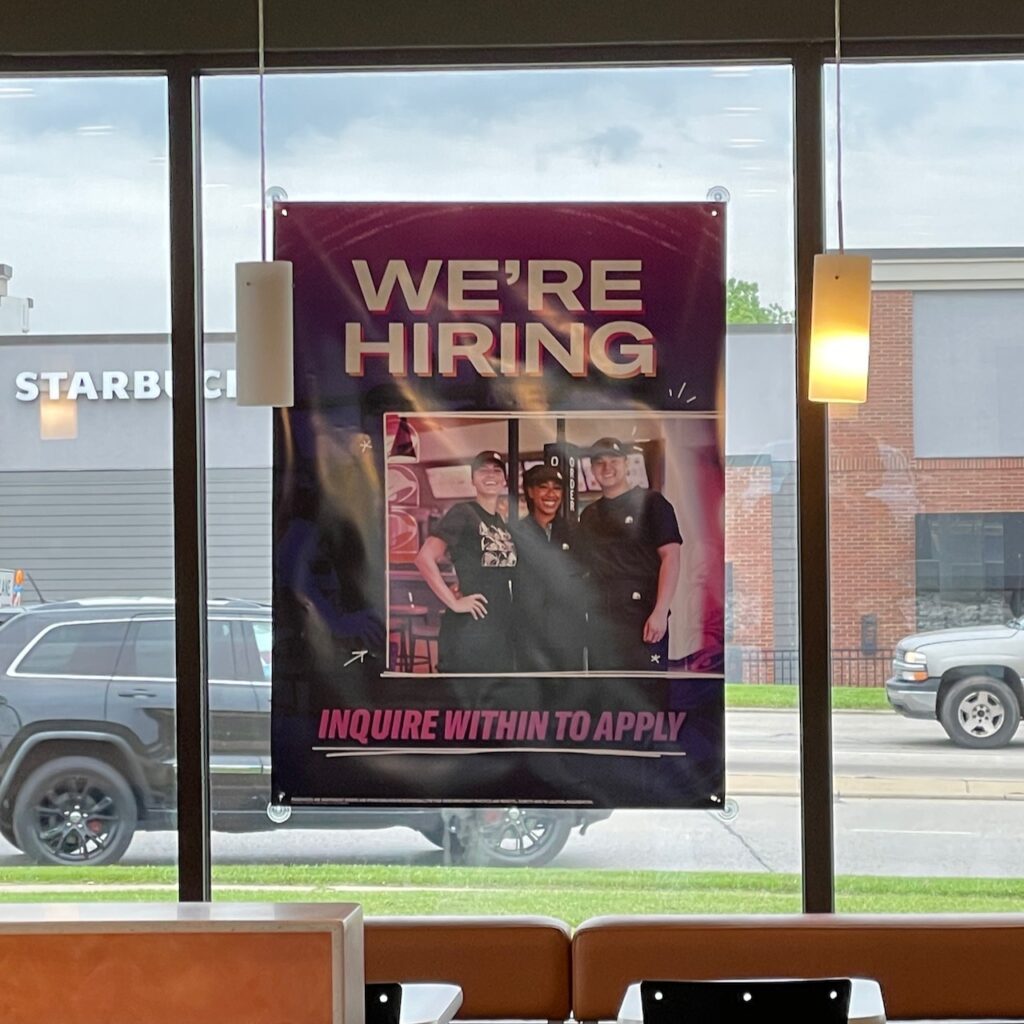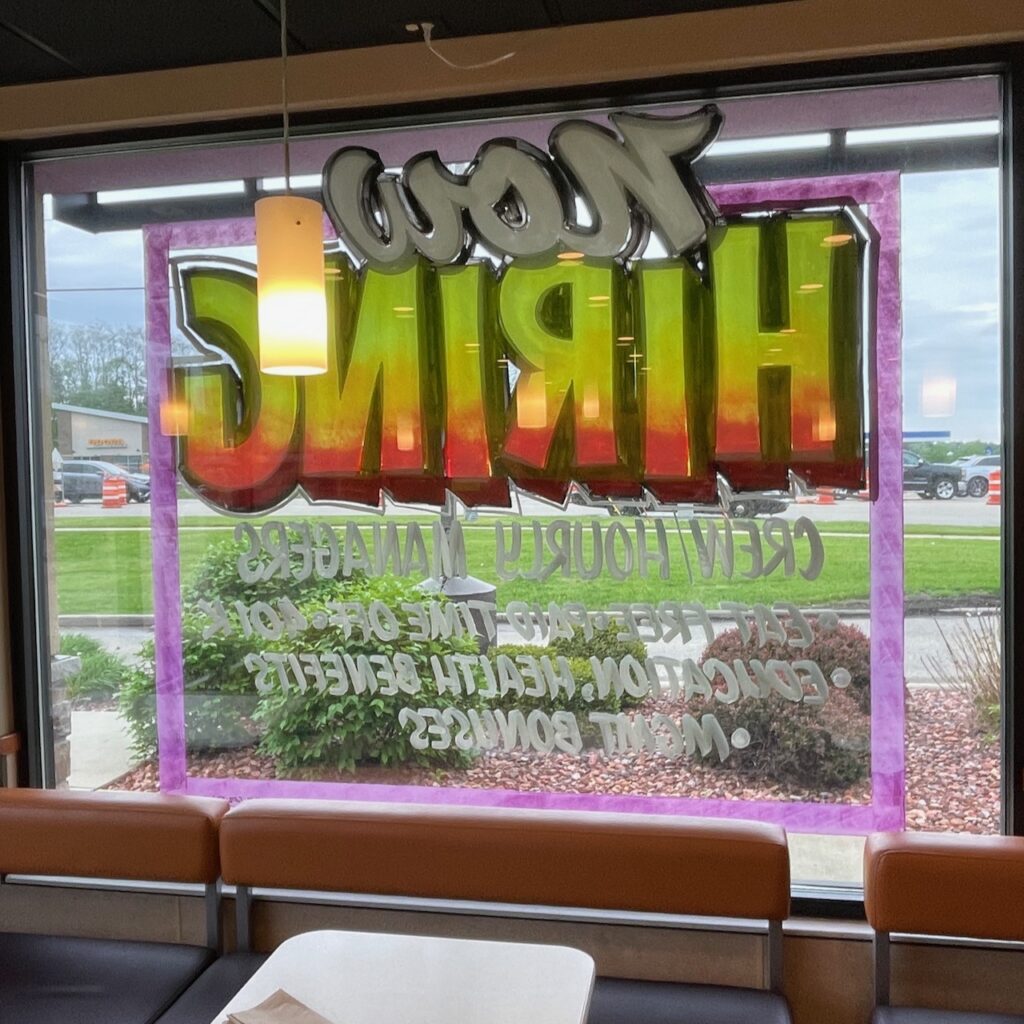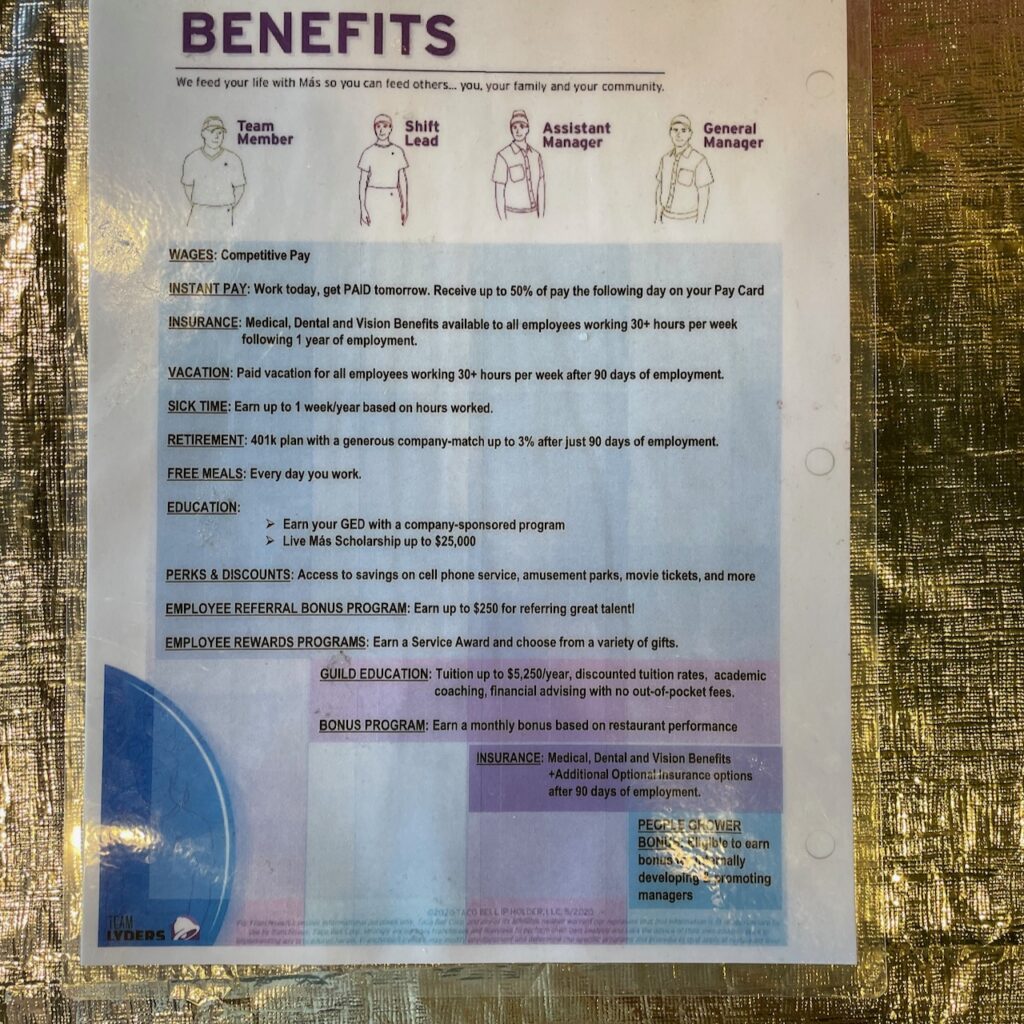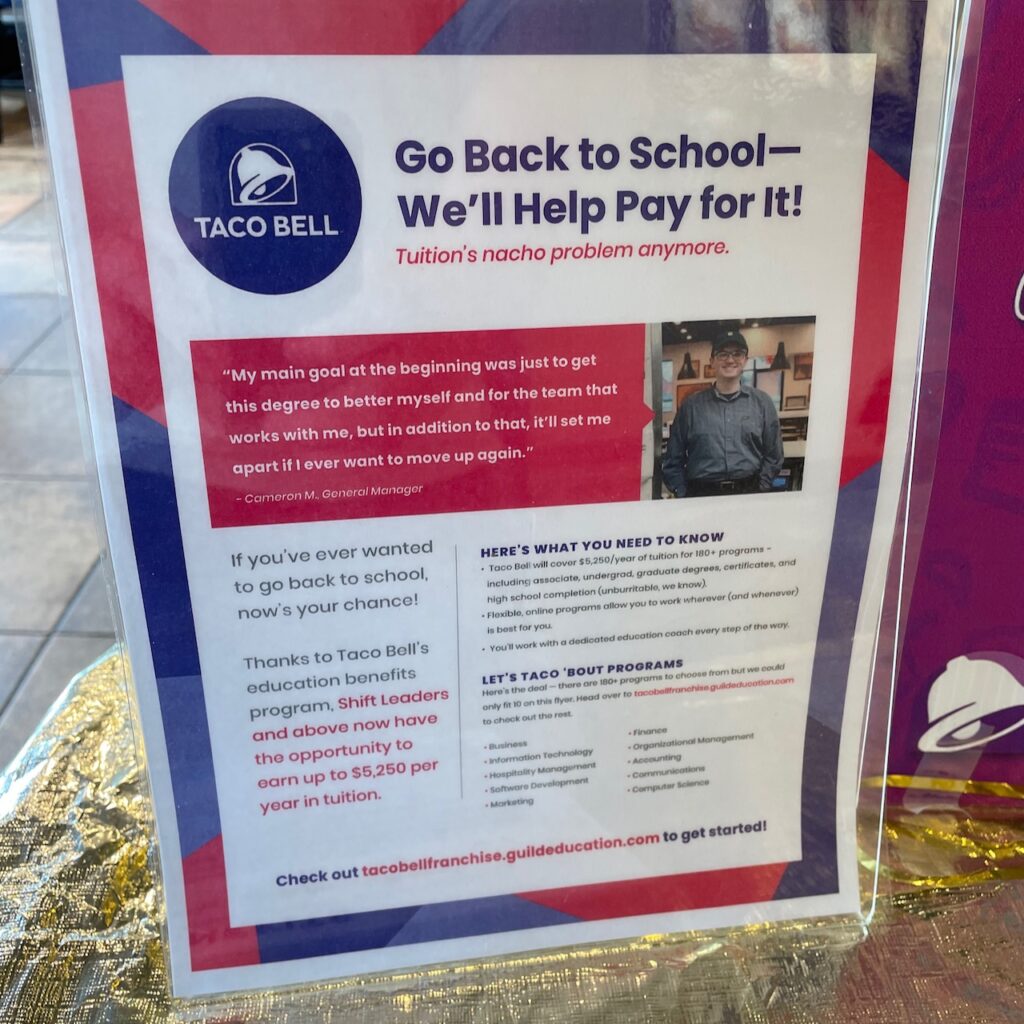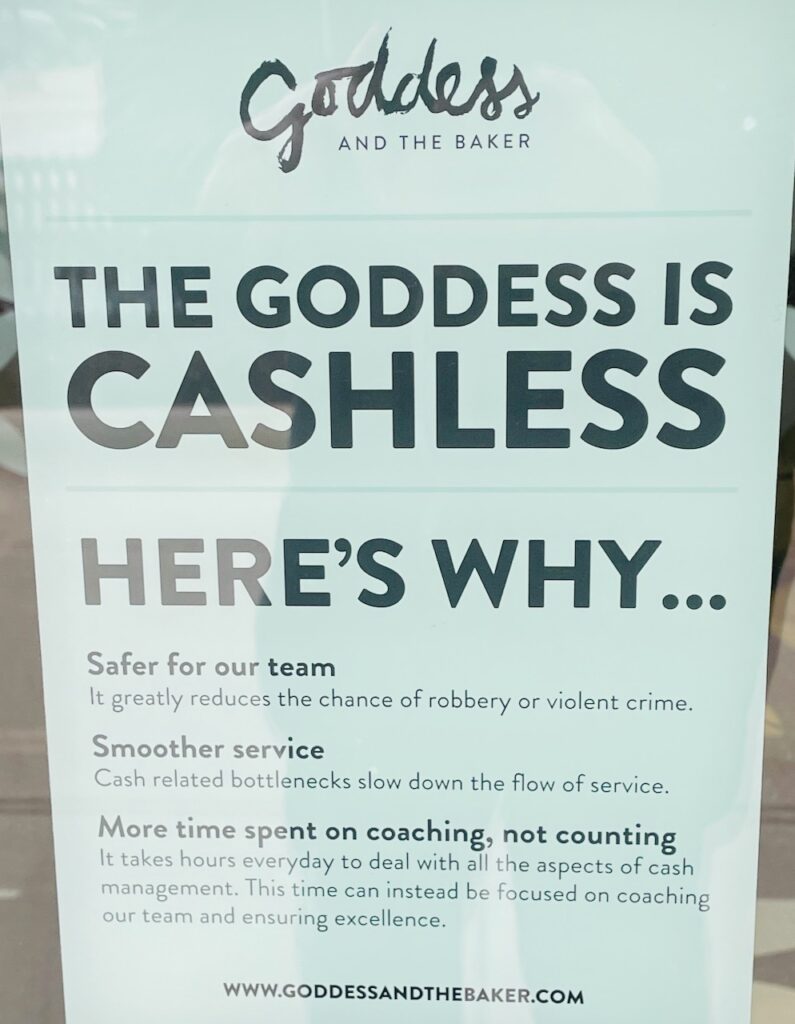Today, newsXpress launches Thank You card giveaway promotion through participating newsXpress stores. This is a newsXpress exclusive promotion.
Offered at no cost to newsXpress members and funded 100% by newsXpress and not suppliers, this promotion is designed to help Australians appreciate others.
The pitch is simple: buy any 2 cards in a single transaction, and you get a Melbourne-made, Melbourne-designed, Thank You card (valued at $6.99) for free. There is no card purchase brand requirement.
newsXpress members have been provided with the free cards, envelopes and double sided A2 posters for promotion, as well as access to digital assets.

The campaign was soft-launched a few weeks ago in my own stores to test shopper reaction and see if there were any kinks. It has gone amazingly well, driving growth in card sales, generating excellent word of mouth.
Customers who know about the promotion are keen to get their free card while those who do not know love receiving the free card.
In creating the promotion, my goal was to shine a light on a vital product category while providing customers with a way of appreciating others. We know that people keep cards they receive, meaning the free cards given by our customers will be keepsakes warming hearts for years to come. This is a good news promotion, a heartwarming promotion, something all involved can feel proud of.
I figured that by mid 2022 we’d all have people to appreciate, people we could say thank you to. The free card is a no-cost prompt to spread the appreciation, to help do good in the world.
The campaign actually started when I was looking to create a mid 2022, valley fo retail death (you know, between Mother’s Day and Father’s Day) promotion to drive shopper traffic and engagement. That was more than 6 months ago. Yes, this campaign has been a while in the making.
Here is the card design. The finished card includes beautiful and quality gold foil and embossing treatments, reflecting the $6.99 price tag on the card. Having the price printed on the card was a key piece as it denotes value.

I am proud that newsXpress has been able to bring this promotion to life for its members, to do so without cost, without supplier obligation and in support of one of the most valuable product categories a newsagency offers.
I am not aware of any similar promotion in our channel in the past. Sure there have been card giveaways but they were supplier specific and requiring more cards purchased. I wanted to ensure there were minimal barriers with this promotion. This is one reason I did not ask any suppliers for funding, even though I am sure they would have offered financial support.
The 2 card purchase requirement was set based on basket data. Less than half card purchases have 2 cards in them. Subtly, the promotion seeks to raise that number.
The Thank You card caption is one of the best performing in Australia. Thank You cards play a vital role in appreciating others and reminding them of that appreciation years down the track when they look at the cards they have received.
In local small business retail it can be challenging to differentiate ourselves, to be noticed. Too often I think we imitate big business strategies and tactics. I also think there are too many supplier-led promotions that are cumbersome and designed to serve the supplier first.
This promotion serves the customer first. We did this knowing that it would also serve us. Our trial in recent weeks has shown this happening, wonderfully, valuably.
Okay, here’s my core newsXpress pitch: this campaign reflects what’s different about newsXpress. It creates innovative, engaging and compelling marketing opportunities for all newsXpress members, regardless of size, location or product supplier allegiance. We do this to help you encourage existing shoppers spend more, new shoppers to visit and for shopper visits be be more financially valuable to you.
newsXpress works across a range of product categories. Cards, though, deliver excellent results with many reporting 20% and more year in year growth, adding many thousands in a year to net profit, and often doing this on a lower capex.
The national newsXpress exclusive Thank You card promotion starts today. I am grateful to be part of this local store led movement of Australians appreciating other Australians and that we can do this with Melbourne designed and made product.


